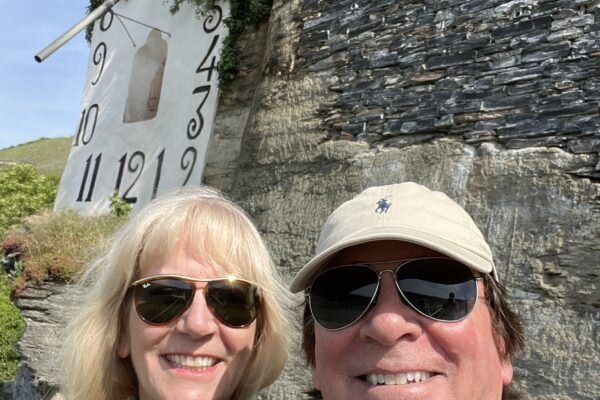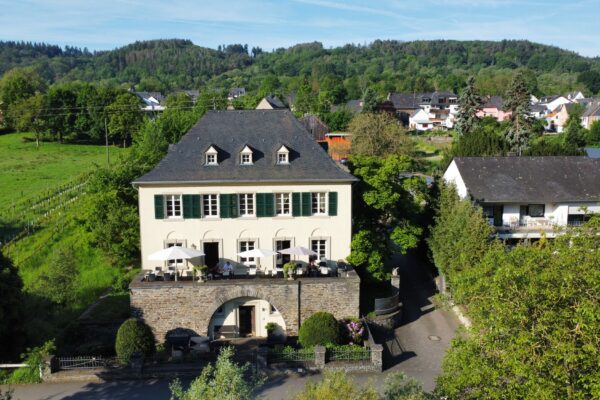
Visiting the Middle Mosel in Germany Where Riesling is King Part Two: Five Wineries to Visit
I found myself describing the experience as both exhilarating and breathtaking, and these two words have now taken on a new meaning for me, probably forever. Raimund added to my thoughts when he said that here, we “always sit in the green.” Last week I shared an introduction and travel tips on visiting the Middle…









